If you are looking wholesale lighting solutions, click here.
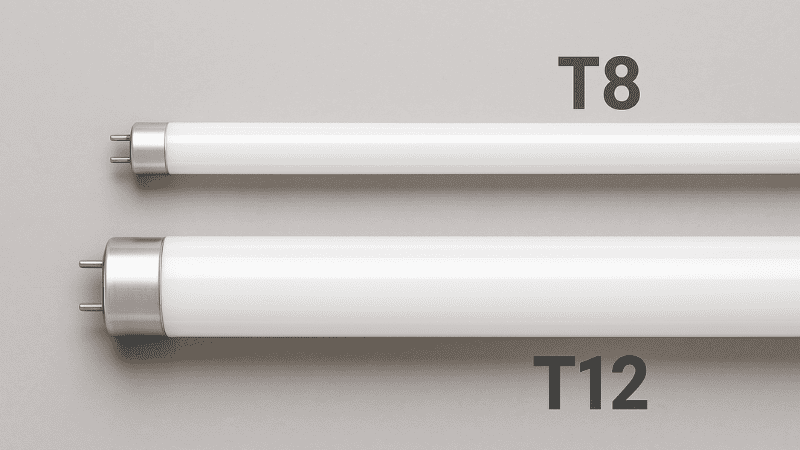
Fluorescent lighting fixtures are used in many offices, stores, and homes because they’re bright and cost-effective. Two common types are T8 and T12 LED tubes, but they are different.
This guide will explain the key differences between T8 and T12 bulbs. We will focus on comparing their energy efficiency, lifespan, and return on investment (ROI).
By the end, you’ll know which one is better for energy saving, lowering electricity bills, and creating better lighting upgrades for your space.

Fluorescent lighting is one of the most prevalent sources of light used in most homes, schools, and workplaces. It is different from traditional incandescent lamps and emits light through a unique process.
Fluorescent Fixtures use electricity to create a tiny arc within a glass tube filled with gas. The arc produces a non-visible ultraviolet(UV) light.
Inside the tube, there is a white powder called phosphor. During manufacturing, the UV light is converted into visible light that we can see after it hits the phosphor.
They consume less electricity, have longer lifetimes, and reduce energy bills—thus making them popular with businesses and homes for many years.
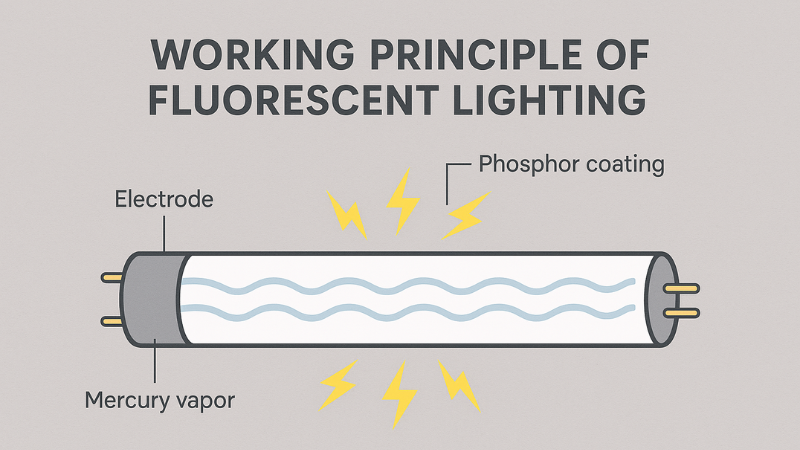
The main parts of a fluorescent lamp are:
T8 and T12 fluorescent bulbs also differ in size, energy efficiency, and longevity.
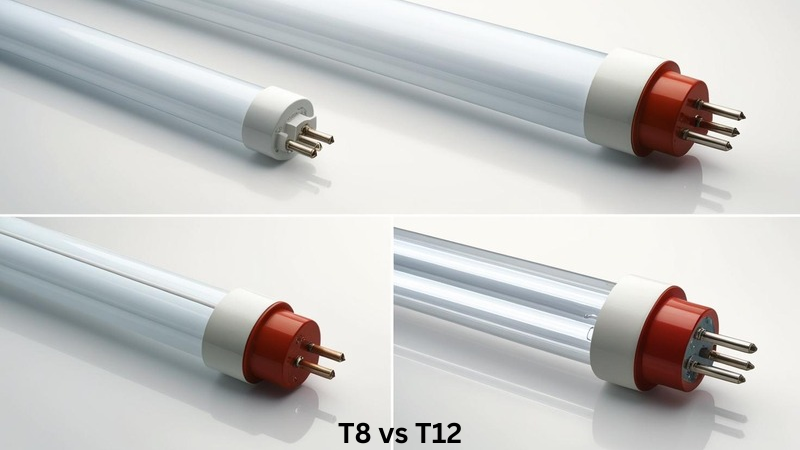
1. Size Differences (Diameter)
T8 bulbs have a diameter of 1 inch; hence, they are compact, lightweight, and lighter in weight than the heavy 1.5-inch diameter of T12.
2. Energy Consumption (W)
Regarding lumens to watts, these bulbs consume only 25-32 watts of energy, while T12 bulbs consume 34-40 watts or more energy. T8’s original design utilized more efficient Electronic Ballasts, providing greater light output (lumens per watt) compared to the T12’s less efficient Magnetic Ballasts.
3. Lifespan and Maintenance
T8 bulbs, however, last longer, lasting about 30,000 hours, while T12s have a shorter life, functioning for about 20,000 hours. T8 bulbs provide the same level of power but greater light output, which minimizes frequent replacements and long-term maintenance costs.
The efficiency is dependent on the size, type, shape, and code of the bulb. Among all other bulb types, T8 and T12s are the most popular because of their efficient design and working.
4. Ballast Technology
T12 bulbs rely on Magnetic Ballasts, which are known to be inefficient, produce humming noise, and can cause light flicker. T8 (and modern T8 LED) use Electronic Ballasts, which operate silently, start faster, and provide more stable, consistent light.
5. Industry Status and Phase-Out
T12 fluorescent lighting is now considered an outdated technology and is currently in the process of being phased out globally because it is being replaced by high-efficiency technology, namely T8 LED bulbs.
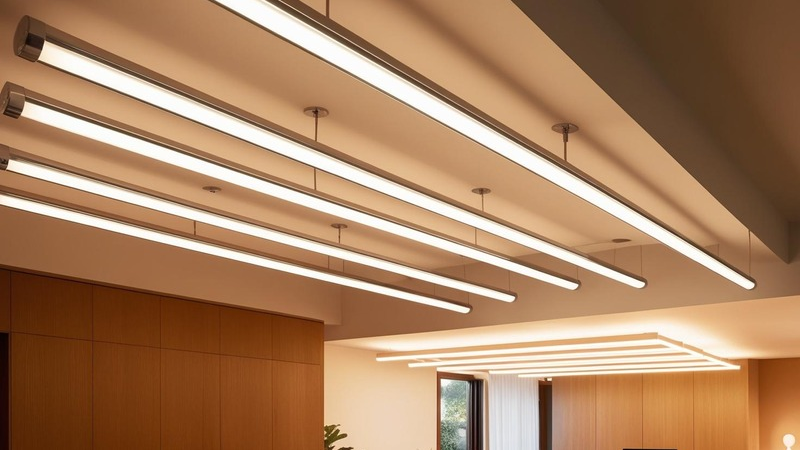
There are quite a number of reasons why T8 fluorescent lighting is still the most suitable choice for companies looking to push efficiency at minimal costs.
T8 fluorescent lights allow businesses to save a great deal of money by consuming less power. With their reduced wattage in comparison to the traditional bulb, T8s conserve power without sacrificing light quality, resulting in savings in the long run.
T8 bulbs offer perfect color lighting temperature and a higher Color Rendering Index (CRI). This improves workplaces to be more pleasant by offering improved and better lighting. Improved vision reduces eye fatigue, ensuring productivity and better color perception for goods in retail settings.
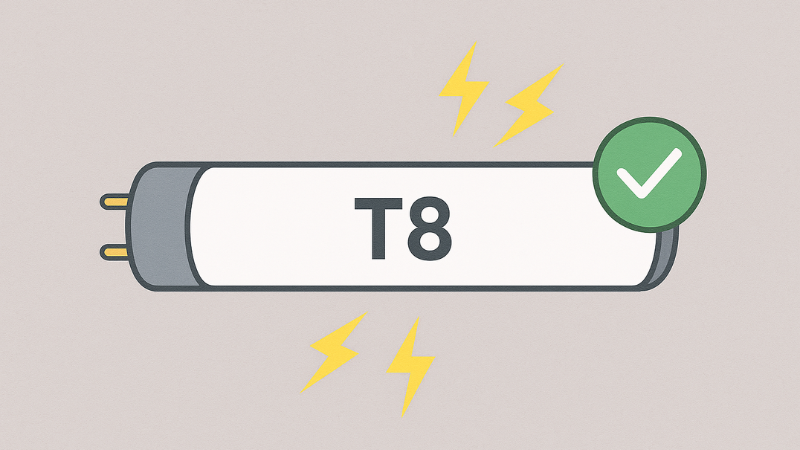
T8 bulbs are highly versatile and can be applied in any environment. They can be applied to offices, warehouses, business enterprises, and even retail, offering adequate and functional lighting for any business use.
T8 fluorescent lights are more eco-friendly than the previous lighting technology due to their improved efficiency and environmental benefits. They also contain lower levels of hazardous materials.
Their efficiency directly leads to less carbon emissions, which makes them a greener alternative for businesses that have to minimize their carbon footprint.

Several decades passed, and T12 fluorescent lighting was used everywhere, but it is currently in the process of being phased out because it is being replaced by high-efficiency technology in much of its application, with T8 bulbs as such an option.
One of the biggest advantages of T12 bulbs is that they are cheaper to buy. It is an economical option for businesses, especially in older structures where it might not be possible to install new lighting systems.
Although they cost less to purchase, T12 bulbs are less efficient when it comes to energy since they end up spending more on electricity bills in the long run.
T12 bulbs have magnetic ballasts and are less efficient compared to electronic ballasts utilized by T8 bulbs. Inefficiency translates to higher operating costs.
T12 fluorescent lighting is still seen in some of the older offices, warehouses, and other structures that have not yet upgraded to newer light technology.
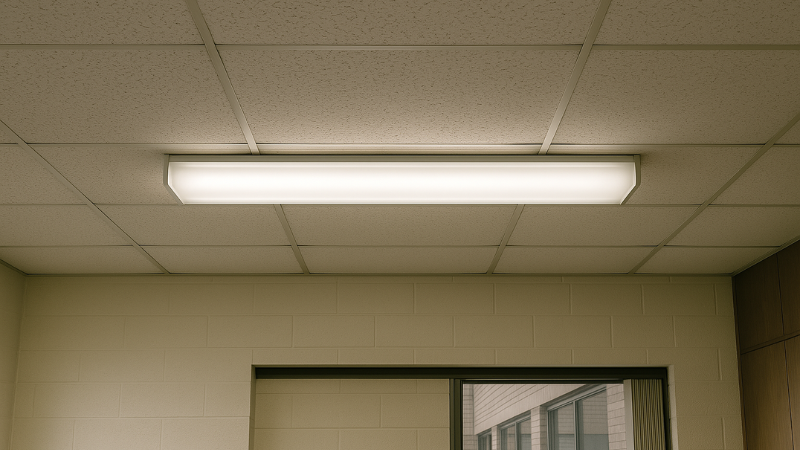
T12 bulbs produce light through gas discharge and use more energy than newer lighting, and the money it saves goes right back into the utilities. After a while, the cost of running the T12s can be equal to or greater than what was saved in the first place, and that makes them less cost-effective in the long run.
This is just one of the primary reasons why businesses are leaving the older T12 varieties behind and adopting their more efficient relatives, like T8s and LED lighting.
In terms of energy efficiency, where T8 is compared with T12 bulbs, T8 is the more expensive one. T8 bulbs consume 25-32 watts, while T12 bulbs consume 34-40 watts; hence, T8s consume less power.
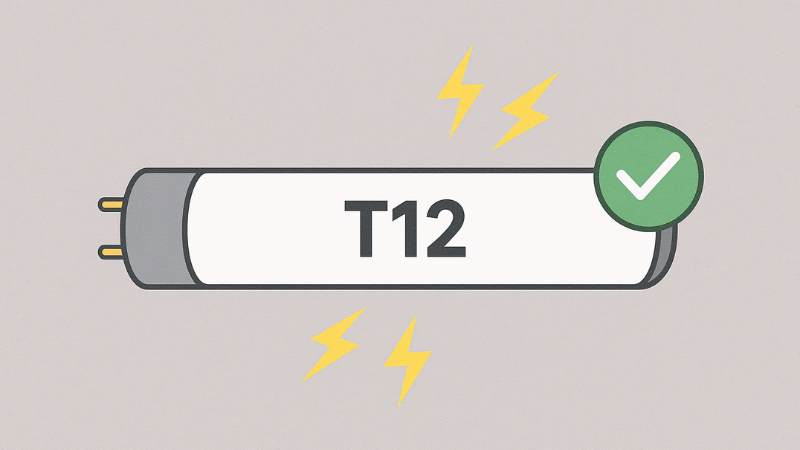
In the long term, businesses can cut a significant amount of money from their electricity bill by choosing T8.
For instance, if a business utilizes 100 T12 bulbs for 10 hours daily, the lighting provided by using T8 bulbs can cut costs up to $1,500 annually, depending on the cost of electricity in the area.
In addition to saving dollars and decreasing energy expenses, T8 bulbs also help the earth by diminishing carbon emissions.
Using less electricity decreases the carbon footprint of a company, which is good for the earth and the bottom line.
Rebates and incentives are offered by most utility companies to businesses transitioning to energy-efficient lighting, adding to savings.
With respect to long-term cost, the lifetime of T8 and T12 bulbs is an important factor. T8 bulbs last about 30,000 hours, while T12 bulbs last about 20,000 hours.
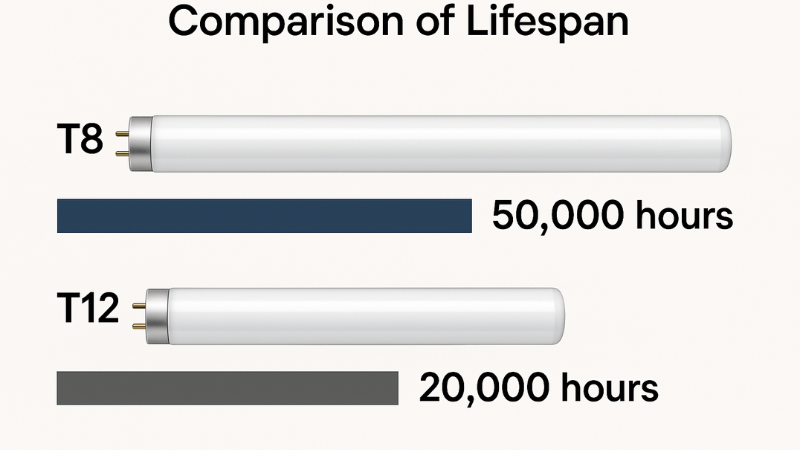
This means there are fewer T8 bulb replacements, so companies spend less on labor and maintenance in the long term.
Although T8 bulbs are comparatively more costly in terms of initial investment, the conservation of the cost of energy in the long run and being replaced less frequently means that they will be more economical in the long run.
Finally, the ownership cost of T8 lighting retrofits is reduced, i.e., there is a return on investment for companies.
T8 lamps produce whiter and smoother light, which provides more lumens per watt. They are, therefore, appropriate in areas where visibility is greater, i.e., offices, shopping centers, and health clinics.
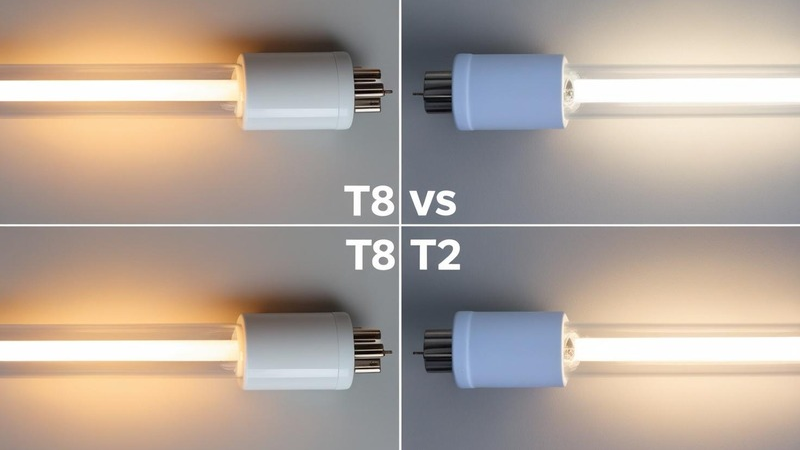
T8 bulbs also possess a better color rendering index, and it is equally vital for application in activities such as proper perceiving of color.
T12 bulbs, on the other hand, emit lower amounts of light and are inappropriate in situations of intense exposure or open appearance.
For very busy business districts, T8 is the better choice because it offers more color value and brightness.
T12 lamps are still utilized for small or less noticeable spots, but for most businesses, the change to T8 would be the more convenient and better choice.
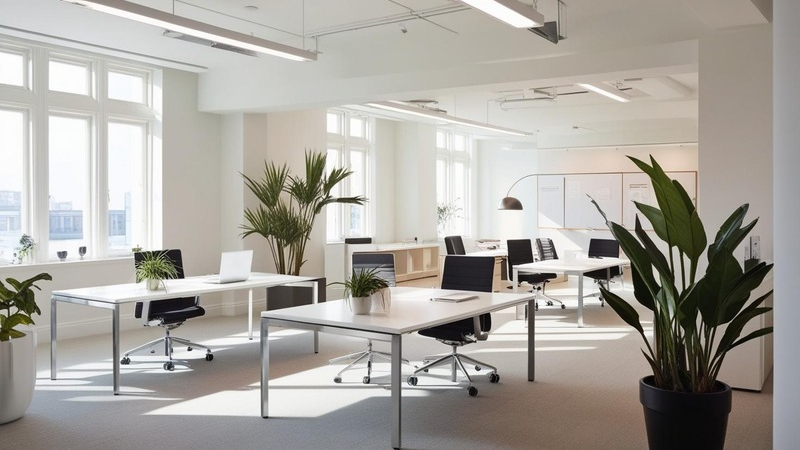
| Feature | T8 Lamp | T12 Lamp |
|---|---|---|
| Diameter | 1 inch | 1.5 inches |
| Efficiency | Higher (more lumens/watt) | Lower |
| Energy Use | Less power (e.g., 32W) | More power (e.g., 40W) |
| Lifespan | Longer | Shorter |
| Light Output | Brighter and consistent | Dims over time |
| Ballast Type | Electronic preferred | Magnetic (older tech) |
| Availability | Common in modern settings | Phasing out |
| Cost | Slightly higher upfront | Cheaper initially |
Choosing T8 or T12 fluorescent lighting depends on different factors that will influence both your short-term costs and long-term expenses.
T8 is the choice for businesses that seek to conserve energy. T8 bulbs consume less power than T12 bulbs, which means lower electricity bills. If your goal is to conserve on energy costs, the best option is to opt for T8.
Another good option is to convert fluorescent into LED. The conversion of fluorescent to LED requires time and cost. So make sure to weigh up your options for a better investment.
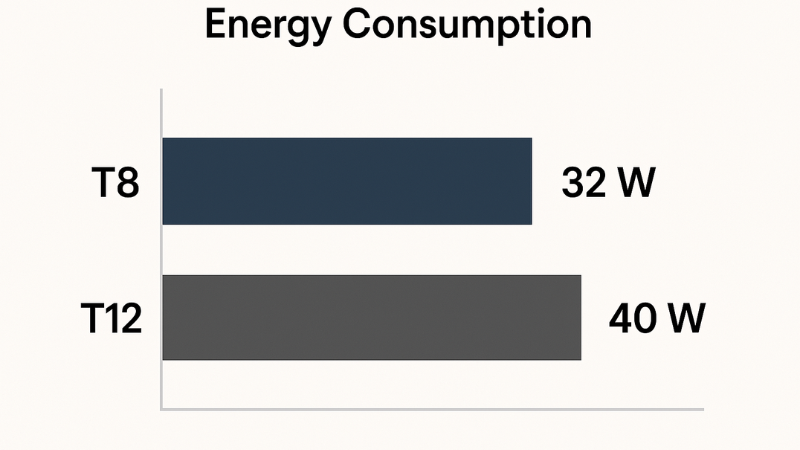
Even as the cost of installing T8 may be partnered with the added cost of LED retrofitting and new LED bulb installation, these costs are most often overcome by the investment in energy-saving return in the form of future bill savings.
T8 LED bulbs are more energy efficient than fluorescent fixtures, but they require more upgrade costs. So make sure to weigh down T8 LED vs fluorescent before upgrading.
For bigger spaces where more light output is needed, like offices or warehouses, T8 is the best. T8 bulbs give off brighter, steadier light, which is suitable for spaces where visibility is highly critical.
For smaller or less important spaces, T12 may still be enough, but T8 is always the more efficient of the two in most situations.
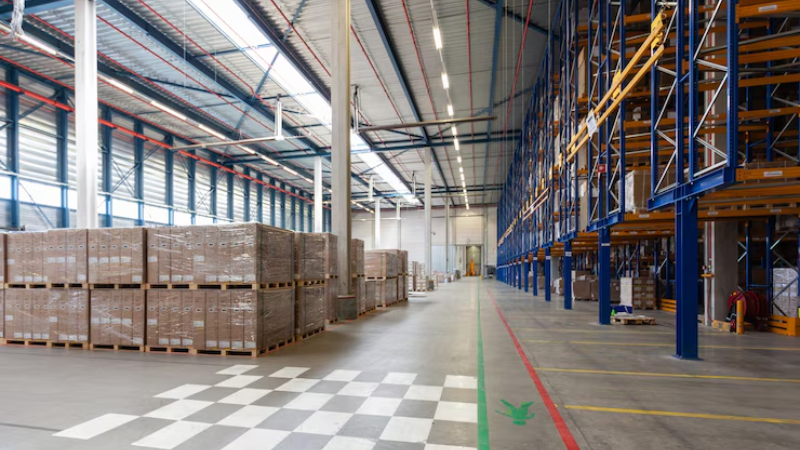
When deciding between T8 and T12, weigh the individual needs of your business.
T8 is most suited for commercial downtown areas, offices, shopping floor levels, and warehouses with enough lighting needed to see by and be energy-efficient due to their higher photometric performance.
T12 LED bulbs are still available in some older buildings or situations where a replacement isn’t really called for due to the lower upfront cost.
Nevertheless, in most contemporary business environments, T8 is preferable.
It is best for most companies to upgrade from T12 fluorescent lighting to T8, even though it will cost more upfront. Here’s how to see if the switch is worth it.
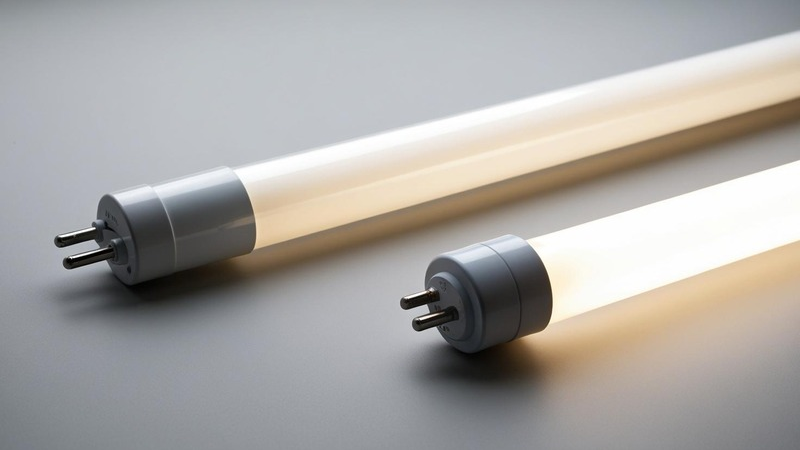
Even though it costs to switch to T8, especially considering voltage differences, it is worth it big time in the long term.
T8 light bulbs use less energy and last longer, so your electricity bill and maintenance will be minimal in the future. The returns on these ends typically pay for the conversion in a matter of a few years.
To calculate the return on investment (ROI) of replacing with T8, think about the following example:
Swapping 100 T12 lamps for T8 lamps in an office working 10 hours per day, energy bill savings alone can amount to $1,500 yearly.
With consideration of the initial investment of replacement, you can earn back 2-3 years from the money.
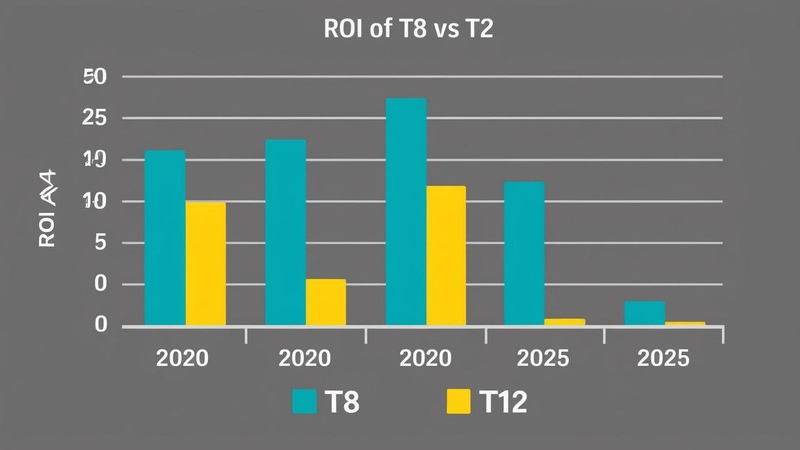
The use of more efficient T8 lighting also has environmental benefits. Using less energy, T8 bulbs lower the carbon footprint of your company, aligning your company with sustainability levels and benefiting the environment.
In most regions, utility companies provide rebates or incentives to companies that change to more energy-efficient lighting, such as T8. Some tax incentives can also be obtained, making the transition even more economical.
Make sure to contact local utility companies and government programs to determine what financial incentives are available to your company.
T8 is preferable for companies that require long-term savings, higher-quality lighting, and a specific color temperature that enhances visibility.
Nevertheless, T12 can still work well in smaller, low-priority locations where the upfront cost is of primary concern.
At Risuncorp, we are experts in delivering cutting-edge lighting solutions that enable businesses to save in the long term and improve performance.
Want to revolutionize your lighting system? Contact us today for a free, customized ROI analysis for your lighting upgrade, or browse our product catalog to select a perfect lighting solution for your business requirements.
Comprehensive Lighting Solutions for MRO Wholesalers and Professionals
send your inquiry
Hi, I'm the author of this post, and I have been in this field for more than 15 years. If you want to wholesale lighting fixtures or lighting related product, feel free to ask me any questions.
Learn More >>Download our catalog to view all of our lighting products.
Ready to get started ?
Send Your InquiryOur team will get back to you promptly

please
download
Get notified about new products
Our team will get back to you promptly!
Add your first comment to this post